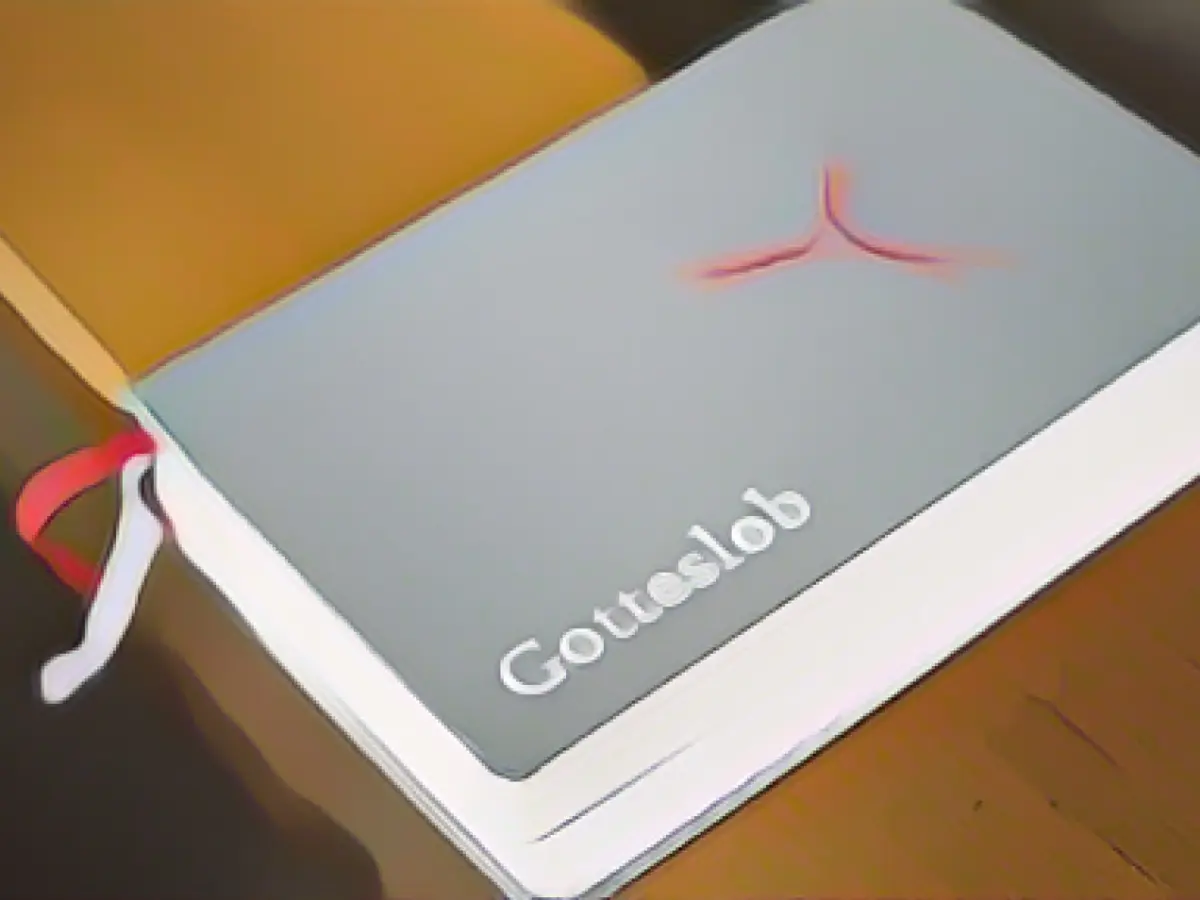Church Music Evolution: Gotteslob in the Spotlight
Ten years have passed since modern tones graced Catholic church services in Germany and Austria, marking the launch of the Gotteslob hymn and prayer book. This revolutionary publication has garnered a total circulation of around seven million copies as per the German Bishops' Conference (DBK). However, it's essential to remember that this does not mean every Catholic has a copy at home, as Germany's Catholic Church boasts an impressive 21 million members.
Spearheading the Gotteslob launch was Bishop Stephan Ackermann from Trier, the chairman of the DBK Liturgy Commission. His sentiments echoed the unprecedented changes and upheavals the church and society are currently experiencing. These remarks underscored the significance of such a breakthrough in church services.
Traditional hymns coexisted harmoniously with more contemporary songs inspired by the "New Spiritual Song" (NGL) movement in the Gotteslob. This blended approach positions the Gotteslob as a culmination of established church music but also an open and versatile platform. The incorporation of contemporary Christian pop music amplifies this versatility, further distinguishing the Gotteslob from its predecessors.
Are we witnessing a significant turning point in church music in Germany? A closer examination of the Gotteslob's impact, historical context, and contemporary developments in hymnody reveals a fascinating evolution in musical trends within the Catholic Church.
Historical Context of Chorales
The doctrine of faith in the German-speaking world was once dominated by chorales, an integral element of Protestant liturgy. The humble beginnings of these singular melodies can be traced back to the Reformation era, primarily composed by the congregation to be sung unison-style. Initially, these melodies were derived from polyphonic chants meant for choirs, with the melody assigned to the treble voice line. It wasn't until later revisions that the melody shifted its focus to the treble line.
Development of Hymnody
Milestones in chorale development include notable figures such as Martin Luther, Michael Weisse, Philipp Nicolai, and Melchior Vulpius, who were instrumental in shaping hymnody and contributing to its widespread adaptation. Johann Sebastian Bach's expert harmonization of popular hymn tunes further cemented the importance of these melodies in Protestant liturgy, from his passions to his cantatas.
Gotteslob Hymn and Prayer Book
The first edition of the Gotteslob hymn and prayer book dates back to 1975. Since then, there have been multiple revisions to reflect the diverse needs of the Catholic Church within Germany. The most recent edition, Gotteslob 2013, exemplifies this ongoing adaptation, offering an expansive selection of hymns and prayers that embrace the rich heritage and contemporary relevance of worship music in Germany.
Music Information Centre (miz)
The German Music Information Centre (miz) serves as a central source of information regarding all aspects of musical life in Germany. This valuable organization documents historical developments, ongoing trends, and contemporary discussions surrounding aspects of church music, from chorales to hymns.
Current Trends and Challenges
The music industry in Germany continues to thrive, with a robust concert market and ongoing discourse about the significance of church music within modern society. As technology advances, this conversation revolves around embracing digital tools and artificial intelligence within the realm of hymnody and worship music.
Inclusion and Accessibility
Inclusion and accessibility are key priorities in musical life within Germany, as activists and initiatives work tirelessly to ensure that individuals with disabilities can fully participate in musical activities. This enhanced cultural participation further highlights the evolving role of church music in today's world.
In conclusion, the Gotteslob hymn and prayer book serves as a compelling example of the ongoing evolution of church music in Germany. Spanning multiple generations, influences, and cultural shifts, the Gotteslob solidifies its place as a vital component in the ever-changing landscape of musical expression within the Catholic Church.
Source:








